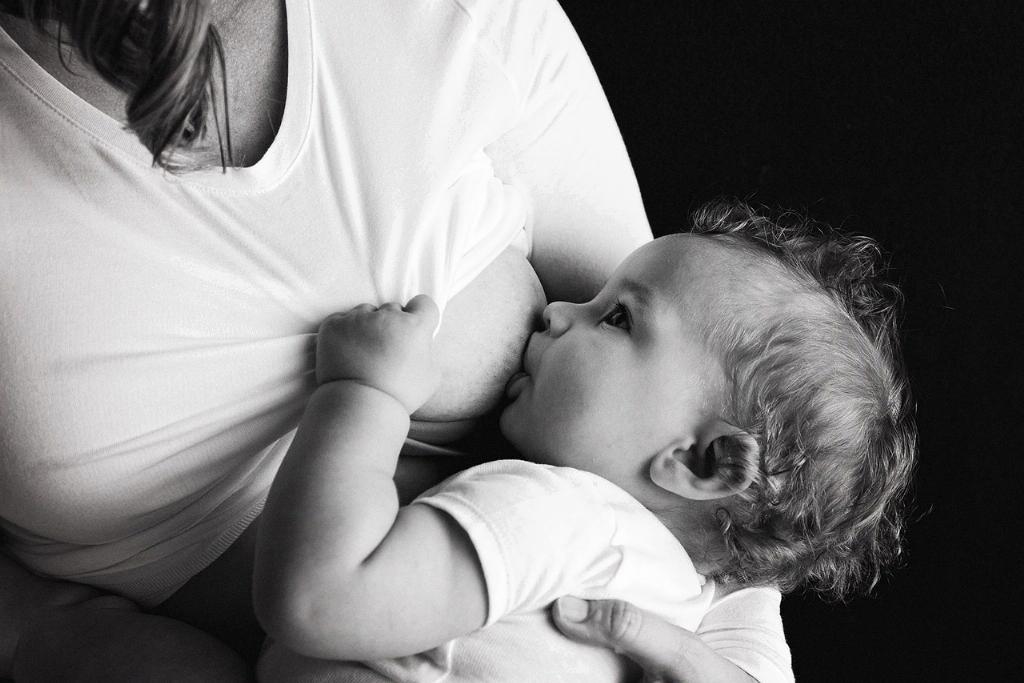One common concern among breastfeeding mothers is whether certain medications or supplements are safe to take while nursing. When it comes to stool softeners and laxatives like MiraLAX, there is often confusion surrounding their safety during breastfeeding. However, based on the evidence available, it appears that MiraLAX is generally considered safe for use while breastfeeding.
It is essential to understand how medications are absorbed in the body and whether they can pass into breast milk. Stool softeners like MiraLAX work by drawing water into the colon to soften the stool, making it easier to pass. Unlike some medications that are absorbed into the bloodstream and can be present in breast milk, stool softeners like MiraLAX are not absorbed significantly by the intestines, and therefore, are not typically found in breast milk.
Research studies have shown that the active ingredient in MiraLAX, polyethylene glycol 3350, is not absorbed systemically and passes through the intestines without being metabolized. As a result, the likelihood of MiraLAX transferring to breast milk in a significant amount is low, making it a safer option for breastfeeding mothers who require a stool softener or laxative.
Many healthcare providers consider MiraLAX to be one of the preferred choices for constipation relief in breastfeeding mothers due to its minimal absorption and low risk of transfer to breast milk. However, as with any medication, it is always advisable to consult with a healthcare professional before initiating its use, especially if you have any underlying health conditions or concerns.
While MiraLAX is generally considered safe for breastfeeding mothers, some individual variations may exist. It is essential to monitor your baby for any potential signs of gastrointestinal disturbances or changes in bowel movements when taking MiraLAX. If you notice any unusual symptoms or reactions in your baby, discontinue the medication and consult with your healthcare provider.
Another crucial aspect to consider is the dosage and duration of MiraLAX use while breastfeeding. It is recommended to use the lowest effective dose for the shortest duration necessary to avoid prolonged exposure to the medication. Additionally, drinking an adequate amount of water is vital when taking MiraLAX to prevent dehydration and support its effectiveness.
As with any decision regarding medication use during breastfeeding, weighing the potential benefits and risks is essential. If you are struggling with constipation or require a stool softener while breastfeeding, discussing your options with a healthcare provider can help you make an informed decision that considers both your health needs and the well-being of your baby.
Remember that every individual may react differently to medications, and what works for one person may not be suitable for another. If you have any concerns about the safety of MiraLAX or any other medication while breastfeeding, seeking guidance from a lactation consultant or healthcare provider can provide you with personalized advice tailored to your specific situation.
In conclusion, based on the current understanding of how MiraLAX is metabolized and its minimal absorption in the intestines, it is generally considered safe for breastfeeding mothers. However, as with any medication, it is essential to consult with a healthcare professional before starting any new treatment to ensure that it is appropriate for you and your baby’s needs.

